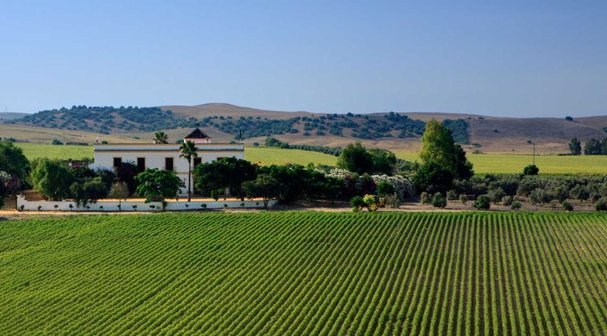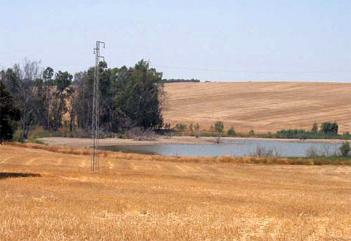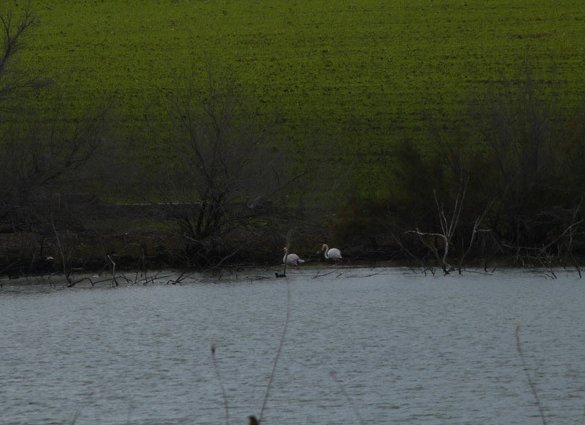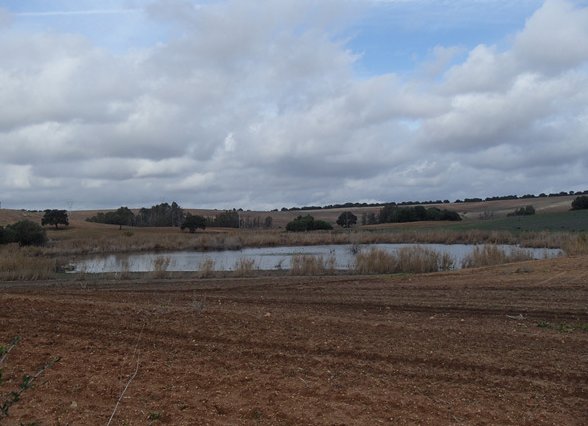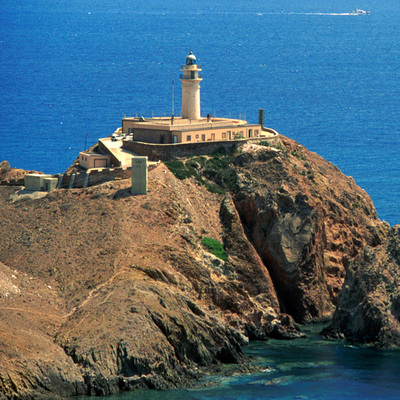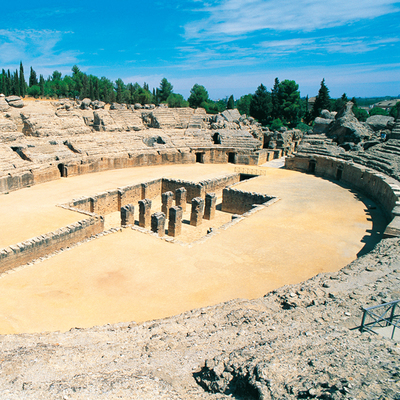Complejo Endorreico de Lebrija-Las Cabezas
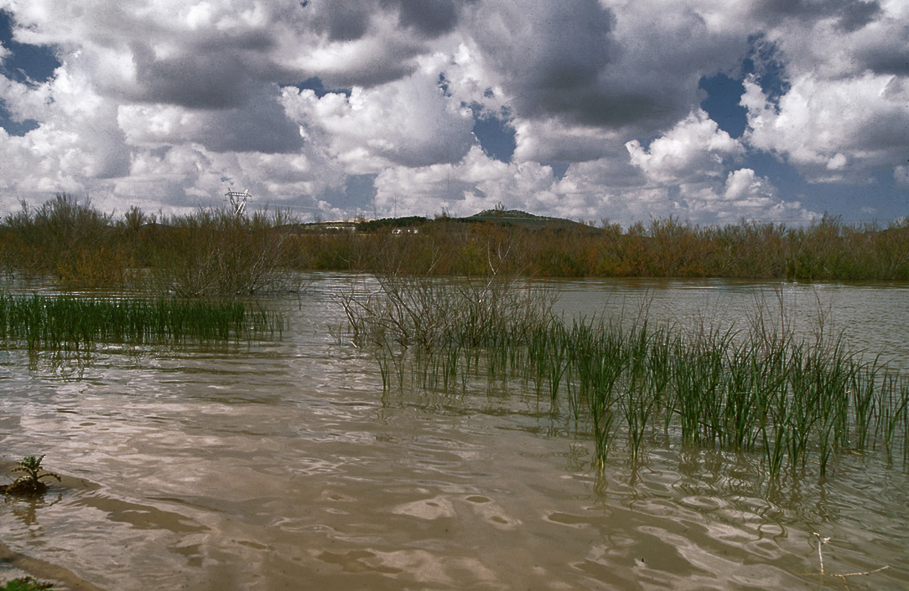
The Complejo Endorreico de Lebrija-Las Cabezas Nature Reserve, together with the Espera Nature Reserve, are the remains of a large lake system that covered the countryside of Seville and Cadiz. Human activity has reduced the wetland to just the following lakes: La Cigarrera, Galiana, Peña, Pilón, Taraje (the only permanent lake) and the Charroao, known as Bujadillo or Herradura.
These small and shallow lakes depend on the intensity of the rainfall. The strong sunshine and high levels of evaporation in this area lead to the seasonal nature of the majority of the lakes.
The intense and historic farming of the countryside, proven by the remains of a Roman house in the TarajeLake, has resulted in there being little vegetation in the area. Despite this, the area is dotted by wild olives, kermes and mastic in the most rugged parts, alongside isolated oak trees. Meanwhile, the surrounding vegetation has been strongly altered by human presence, as noted by the limited presence of cattail, giant reeds and some isolated tamarisks and wild olive. The LaCigarrera Lake, which has better conditions, has a well preserved green-belt formed by tamarisk plantations and different types of reeds.
The importance of the fauna in the nature reserve is reflected in its role of sustaining an interesting mix of birds, as it is a breeding, reproducing and migration area for many species. Anatidae and coot are the most abundant, but there is a seasonal presence of red-knobbed coot, flamenco, heron, Malvasia and some birds of prey.
Apart from the birds, there are also adders, Montpellier snakes and water snakes, common frog, naterjack toad and a small number of mammals that occasionally visit the lakes: foxes, weasels, genets, badgers and mongoose.


